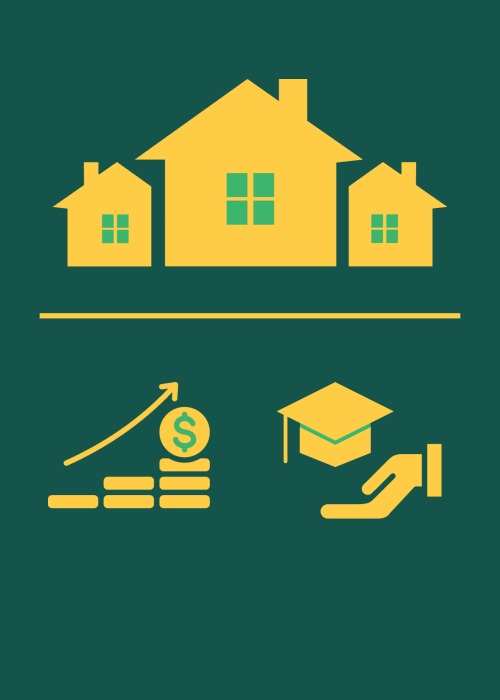Topic: Parents
Parent Sensemaking and School Choices Amidst Educational Controversies
From our 2023 collaborative study with the National Center for Research on Education Access and Choice (REACH), this presentation explores the relationship between national political discourse, parent sensemaking, and School Choice. This longitudinal study aims to better understand the impact of national political discourse around race and gender on parents' School of Choice.

Exploring the Relationship between Parental Work Schedules and their Children’s School Attendance
From our 2023 Association for Public Policy Analysis & Management (APPAM) conference presentation on the relationship between nonstandard work schedules, child behavior, child health, parent stress, and school outcomes.

Economic and Educational Opportunity in the Context of Neighborhood Change
Children growing up in segregated and under-resourced neighborhoods and schools have continuously faced structural inequities resulting in worse educational and economic outcomes. In highly segregated and under-resourced neighborhoods, one way that educational inequality persists is through inequitable access to resources and information through social networks. Federally sponsored housing programs have sought to address these inequities by disrupting concentrated poverty and racial segregation in neighborhoods, but one challenge of such programs has been their primary focus on housing, neglecting other neighborhood conditions and social resources. HUD’s Choice Neighborhoods Initiative (CNI) was established to address these prior limitations by strengthening community social cohesion through cross-sector collaborations. Prior research has demonstrated that social networks – one’s relationships and connections with others – could be a key driver of upward mobility for Black low-income youth. However, few studies have empirically explored how neighborhood interventions might expand or deepen the social connections of youth in ways that reduce inequality in educational opportunities. This study aims to describe and clarify the mechanisms through which a major federal housing initiative can reduce educational inequality for Black low-income youth by transforming their social networks. A second aim of this study is to examine whether key components of the CNI are implemented in ways that connect housing and school sectors to disrupt segregation, foster neighborhood and school integration, and empower residents, particularly low-income Black residents, to shape policy enactment.



